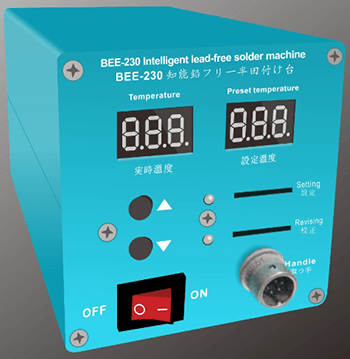In fact, the main difference is the soldering temperature. The soldering temperature of lead-free tin wire is higher, generally around 250 degrees, and the soldering temperature of ordinary tin wire is 180 degrees, so the soldering temperature of lead-free soldering station is higher And the heating speed of lead-free soldering station is faster. Of course, there are exceptions. In lead-free solders, there are also low-temperature solders, which have a lower melting point than leaded solders. But this low temperature solder is quite expensive.

In theory, a lead-free soldering station can also be used to solder lead solder joints, because the temperature of the lead-free soldering station can reach the melting point of leaded solder. But no one actually uses it this way, because once soldered on a lead-free soldering station with leaded solder, the lead-free soldering station is contaminated and can no longer be a lead-free environmentally friendly product.
Conversely, a lead-free soldering station cannot solder lead-free solder because the temperature of the lead soldering station may not reach the melting temperature of the lead-free solder.
In fact, it is mainly based on the materials used to decide which soldering station to use.